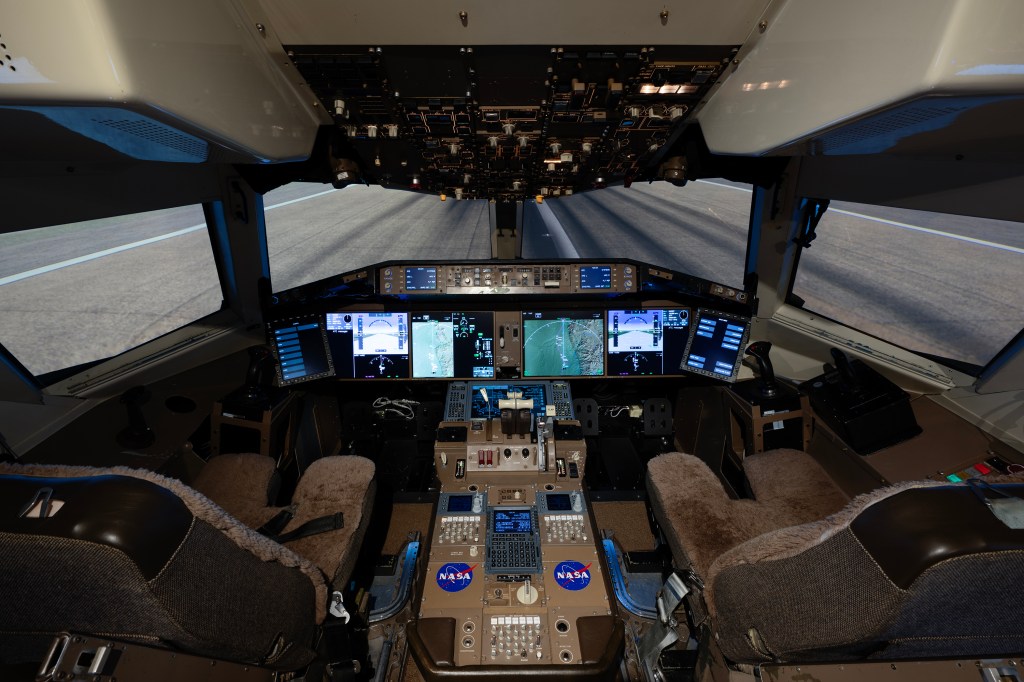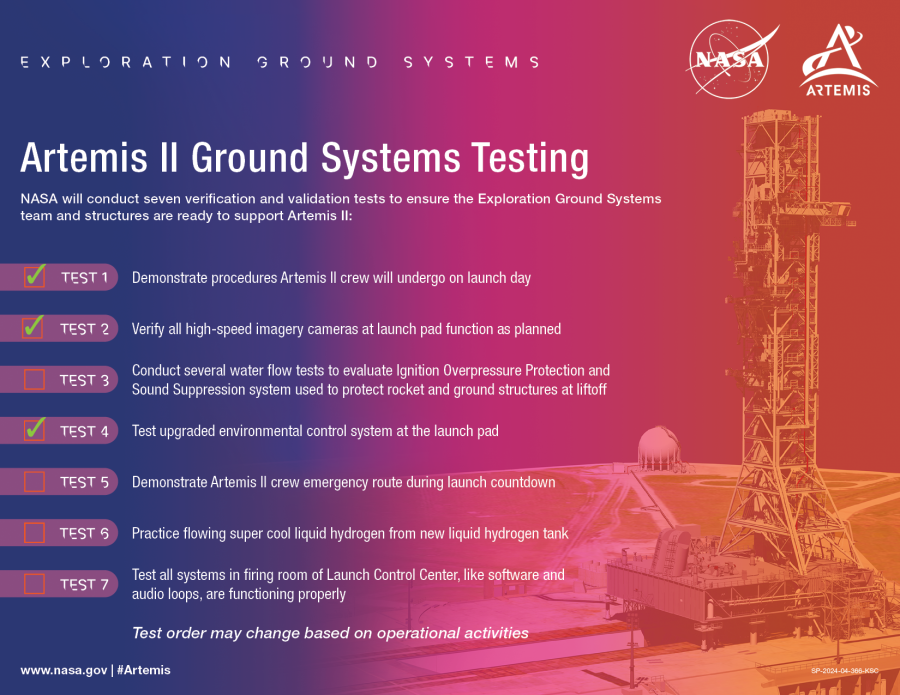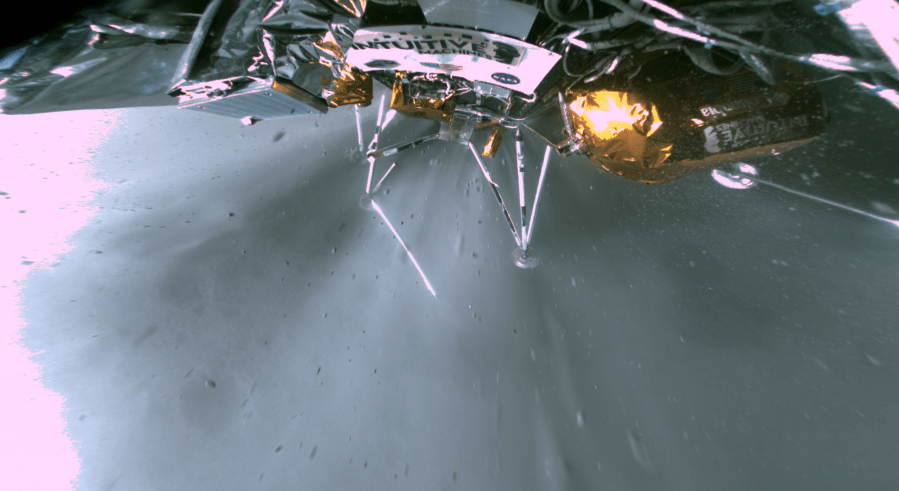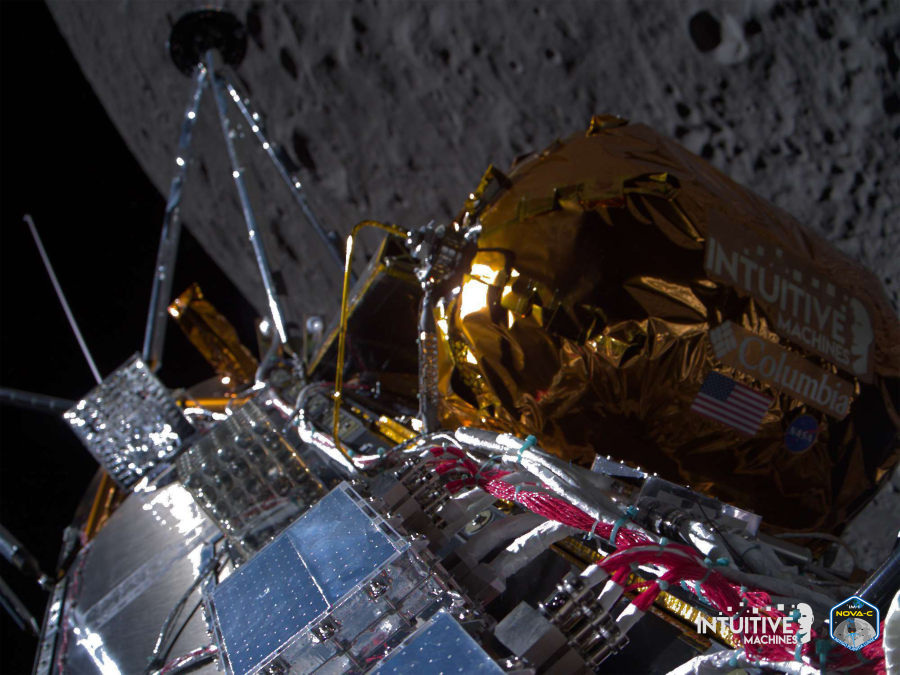NASA’s Orion spacecraft for the Artemis II mission was lifted out of the Final Assembly and System Testing cell on June 28 inside the Neil A. Armstrong Operations and Checkout building at NASA’s Kennedy Space Center in Florida. The integrated spacecraft has been undergoing final rounds of testing and assembly, including end-to-end performance verification of …
NASA’s Artemis II Orion Spacecraft Prepares for Vacuum Testing
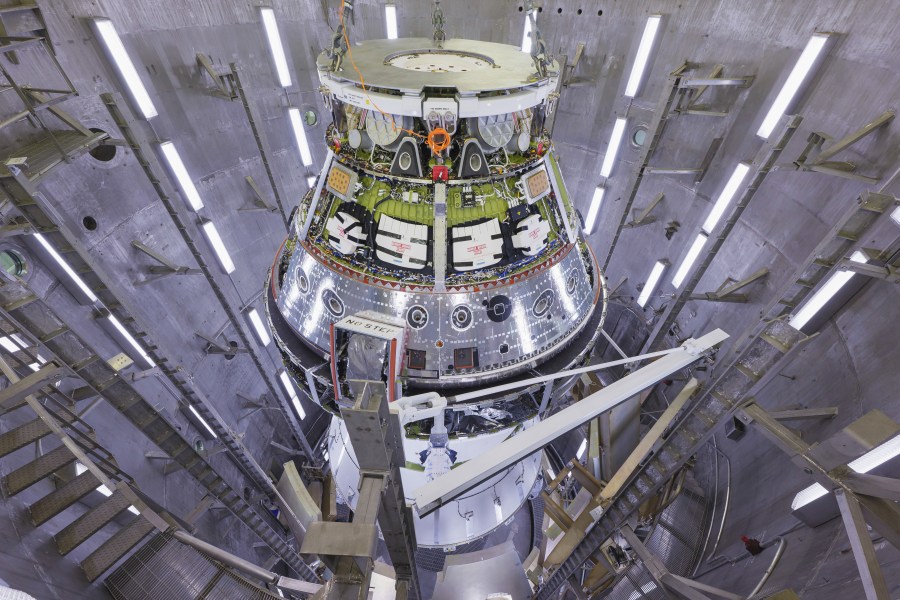

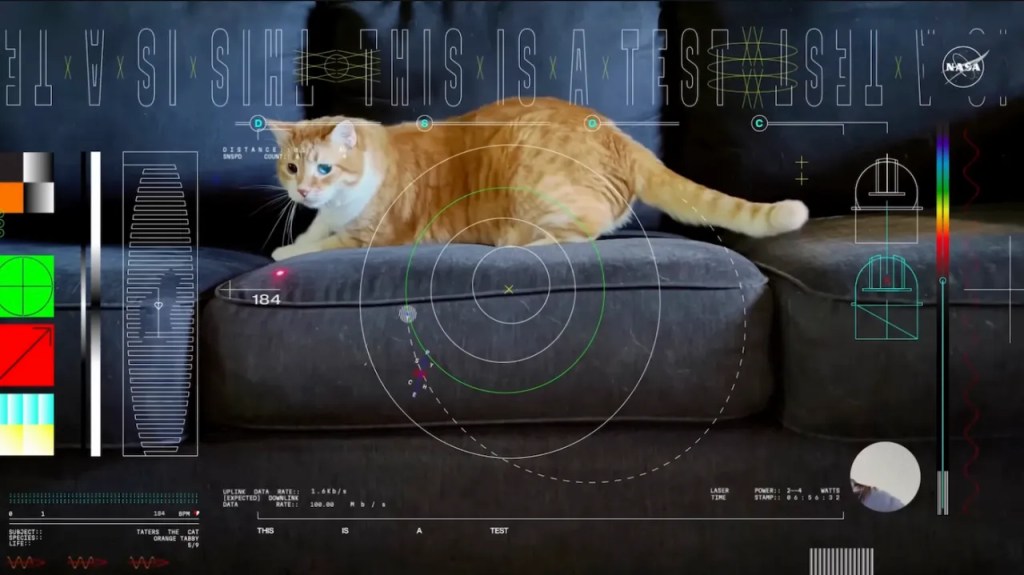



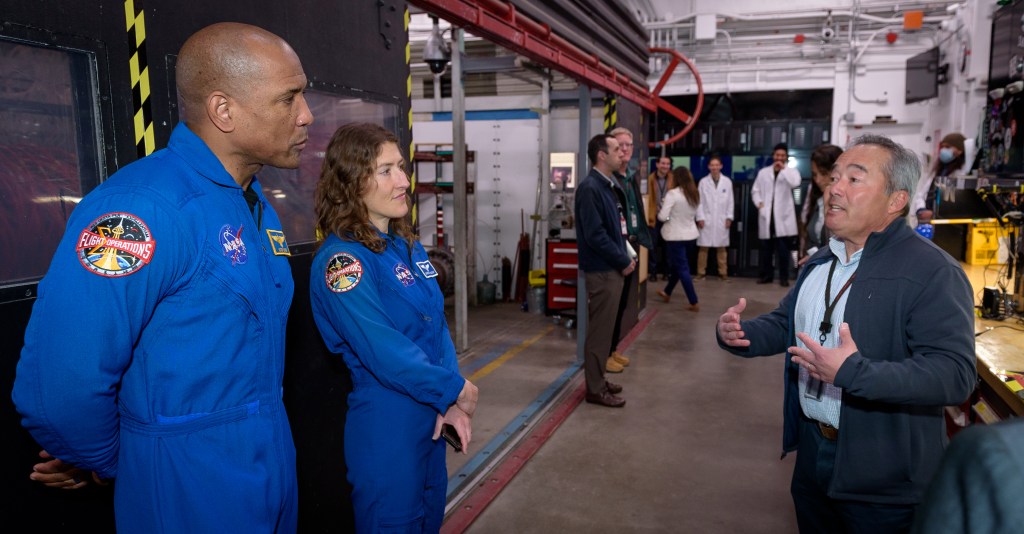











/quantum_physics_bose_einstein_condensate.jpg?w=1024)


